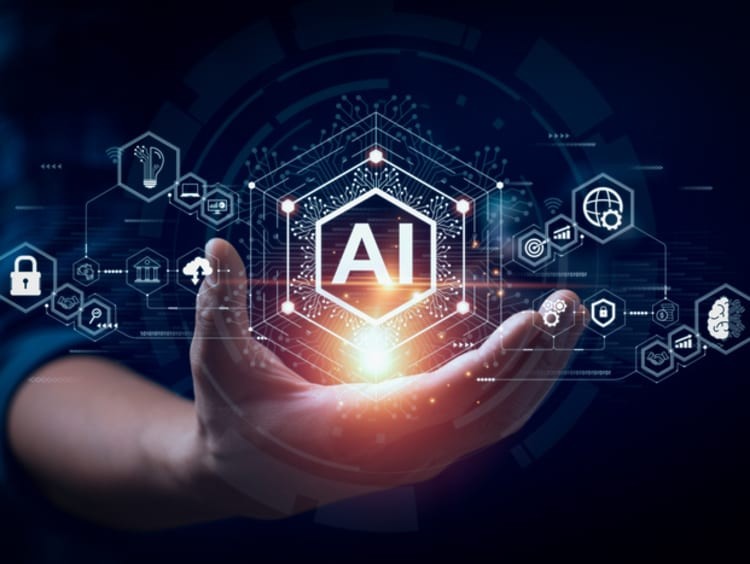
Artificial Intelligence (AI): An Overview
1. Definition
Artificial Intelligence (AI) refers to the simulation of human intelligence in machines designed to perform tasks that typically require human cognition. These tasks include learning, problem-solving, perception, decision-making, and language understanding. AI systems leverage algorithms and data to adapt and improve over time.
2. Types of AI
- Narrow AI (Weak AI): Specialized in performing specific tasks (e.g., facial recognition, voice assistants like Siri). This is the only form currently in existence.
- General AI (Strong AI): Hypothetical systems with human-like cognitive abilities across diverse tasks, capable of reasoning and creativity.
- Superintelligent AI: A speculative future AI surpassing human intelligence, raising philosophical and ethical questions.
3. Key Concepts
- Machine Learning (ML): Subset of AI where algorithms learn patterns from data. Types include:
- Supervised Learning: Labeled data trains models (e.g., spam detection).
- Unsupervised Learning: Finds patterns in unlabeled data (e.g., customer segmentation).
- Reinforcement Learning: Learns via trial and error with rewards (e.g., game-playing AI).
- Deep Learning (DL): Uses neural networks with multiple layers to process complex data (e.g., image recognition in Google Photos).
- Natural Language Processing (NLP): Enables machines to understand and generate human language (e.g., ChatGPT, translation services).
- Computer Vision: Interprets visual data (e.g., medical imaging analysis, autonomous vehicles).
- Robotics: Integrates AI with mechanical systems for tasks like manufacturing or surgery.
4. Applications
- Healthcare: AI aids in diagnostics (e.g., IBM Watson), drug discovery (e.g., DeepMind’s AlphaFold), and personalized treatment.
- Finance: Fraud detection (e.g., Mastercard), algorithmic trading, and risk management.
- Autonomous Systems: Self-driving cars (e.g., Tesla’s Autopilot), drones, and delivery robots.
- Customer Service: Chatbots (e.g., Zendesk) and virtual assistants enhance user interaction.
- Entertainment: Recommendation algorithms (e.g., Netflix, Spotify) personalize content delivery.
5. Ethical Considerations
- Bias and Fairness: AI can perpetuate biases in training data (e.g., discriminatory hiring tools).
- Privacy: Mass data collection risks misuse (e.g., facial recognition surveillance).
- Job Displacement: Automation threatens sectors like manufacturing and customer service.
- Accountability: Challenges in assigning responsibility for AI decisions, especially in critical areas like healthcare.
- Transparency: “Black box” models lack explainability, complicating trust and debugging.
6. Future Directions
- Advanced NLP: Improved contextual understanding in tools like GPT-4 for nuanced communication.
- AI in Climate Science: Optimizing energy use and modeling climate change impacts.
- Ethical Frameworks: Development of global regulations (e.g., EU’s AI Act) to ensure safe deployment.
- Human-AI Collaboration: Enhancing productivity through tools like AI-assisted coding (GitHub Copilot).
- AI Alignment Research: Ensuring AI goals align with human values to mitigate risks.
7. Challenges
- Data Scarcity: Limited data in fields like rare disease research hinders model training.
- Energy Consumption: Training large models (e.g., GPT-3) requires significant computational resources.
- Security: Vulnerabilities to adversarial attacks manipulating AI behavior.
8. Conclusion
AI is a transformative technology with vast potential to revolutionize industries and improve quality of life. However, its development must be guided by ethical considerations and proactive regulation to address risks. Balancing innovation with responsibility will be key to harnessing AI’s benefits for society.